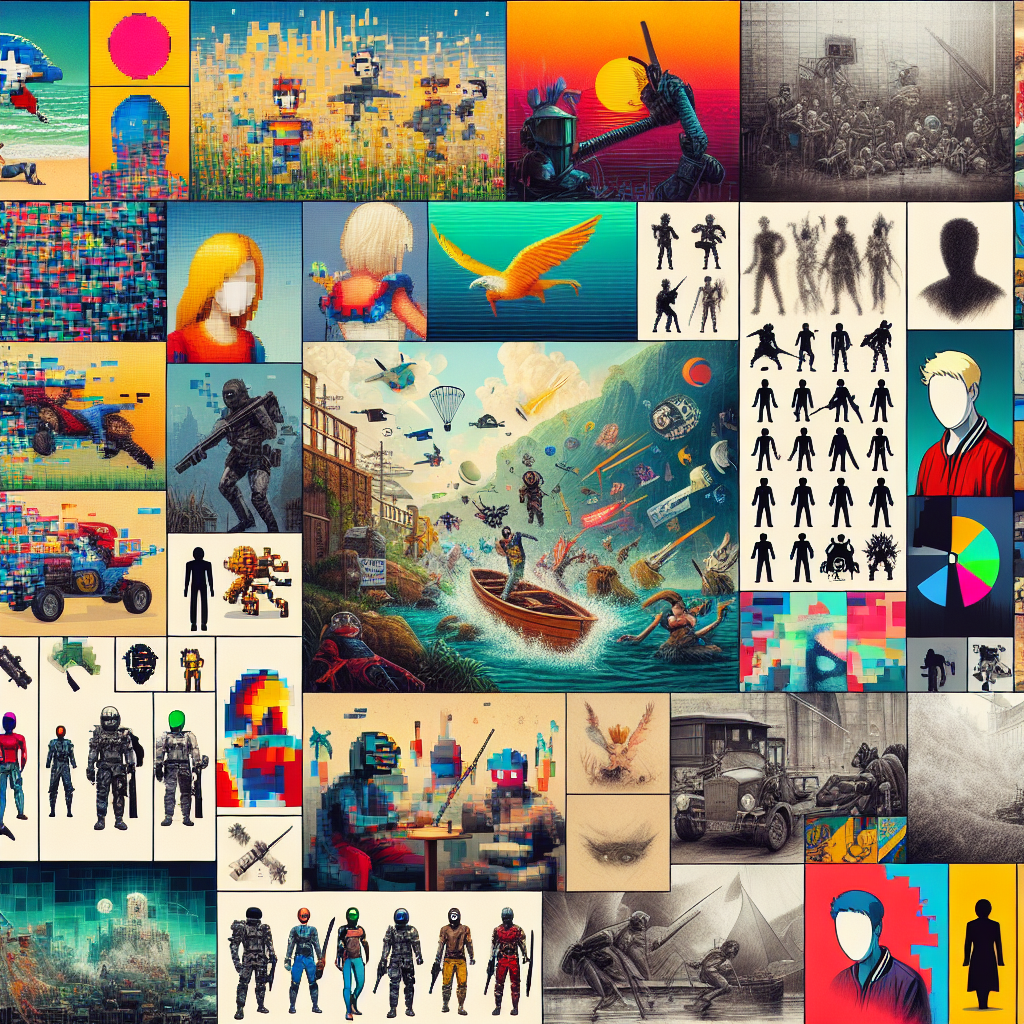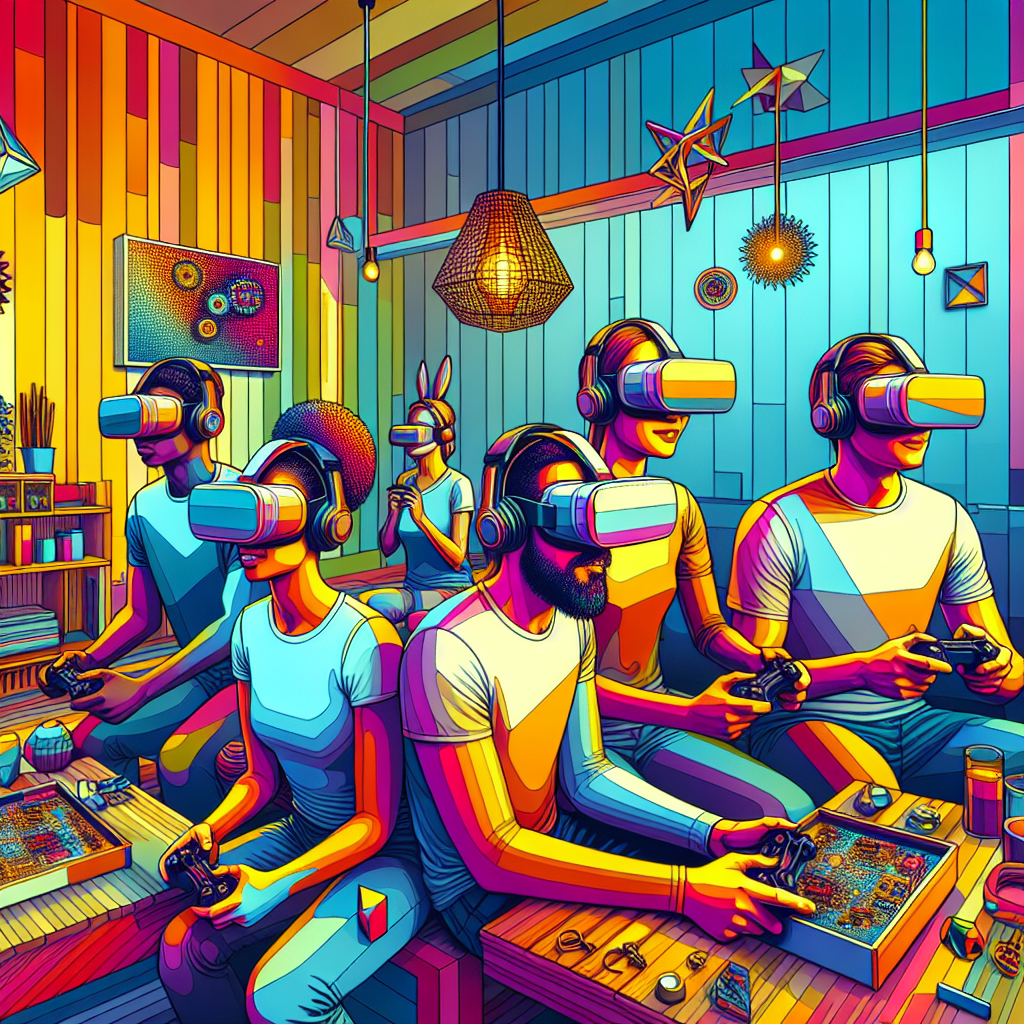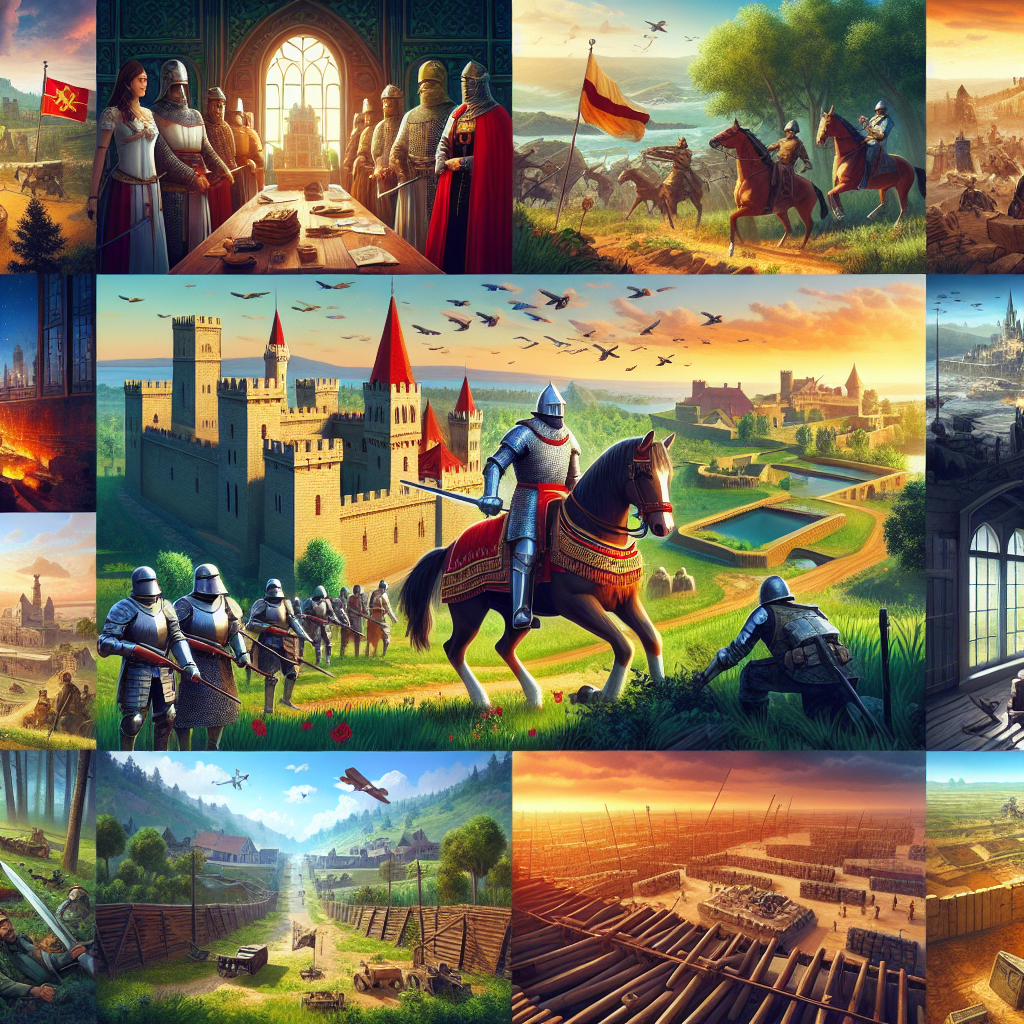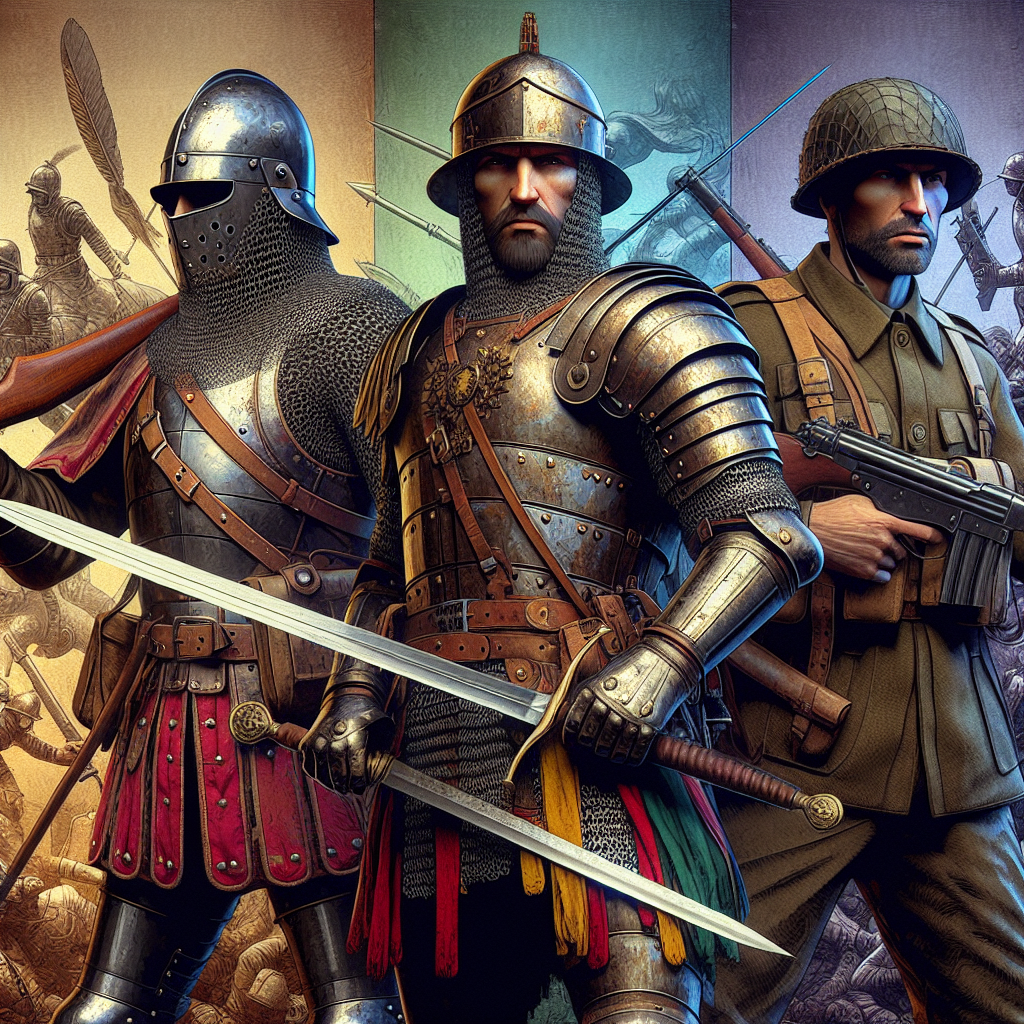The discussion around whether video games are evolving into art forms has gained significant traction in recent years. With advancements in technology, storytelling, and visual design, video games have increasingly been recognized for their artistic merit. This evolution is not just about graphics; it encompasses the emotional and narrative depth that games can offer.
The Artistic Elements of Video Games
At the heart of the debate lies the artistic elements that define video games. Many modern titles incorporate stunning visuals, intricate character designs, and immersive worlds. Games like Journey and The Last of Us showcase how visual storytelling can evoke deep emotions, akin to traditional art forms. The use of color, composition, and sound design in these games reflects a level of creativity that parallels that found in film and literature.


Storytelling and Emotional Impact
Another critical aspect of video games evolving into art forms is their ability to tell compelling stories. Interactive narratives allow players to engage in ways that traditional media cannot. For instance, in games like Life is Strange, player choices significantly impact the storyline, creating a unique narrative experience. This interactivity adds a layer of emotional depth, making players feel invested in the characters and their journeys.
The Recognition of Video Games as Art
As the perception of video games has shifted, so has the recognition of their artistic value. Institutions like the Smithsonian American Art Museum have hosted exhibitions dedicated to video games, highlighting their cultural significance. Furthermore, awards such as the BAFTA Games Awards celebrate the artistic achievements within the industry. This recognition helps to solidify the idea that video games are not just entertainment but a legitimate form of art.
In conclusion, the evolution of video games into art forms reflects a broader cultural shift. As technology continues to advance, the potential for creativity and storytelling within games will only grow. This ongoing transformation invites us to reconsider our definitions of art and the ways in which we experience it.
Some content and/or images on this page were created using AI.





